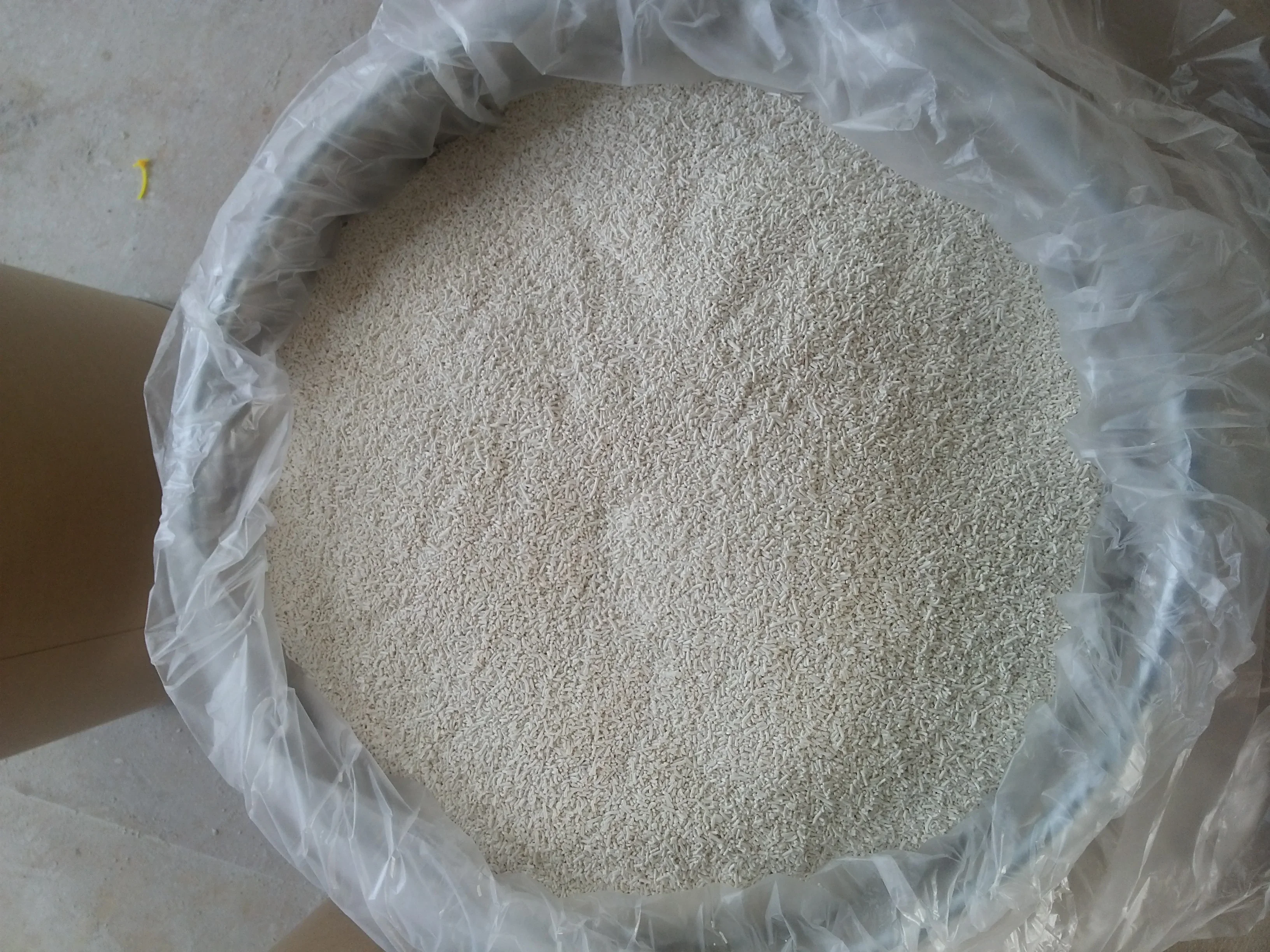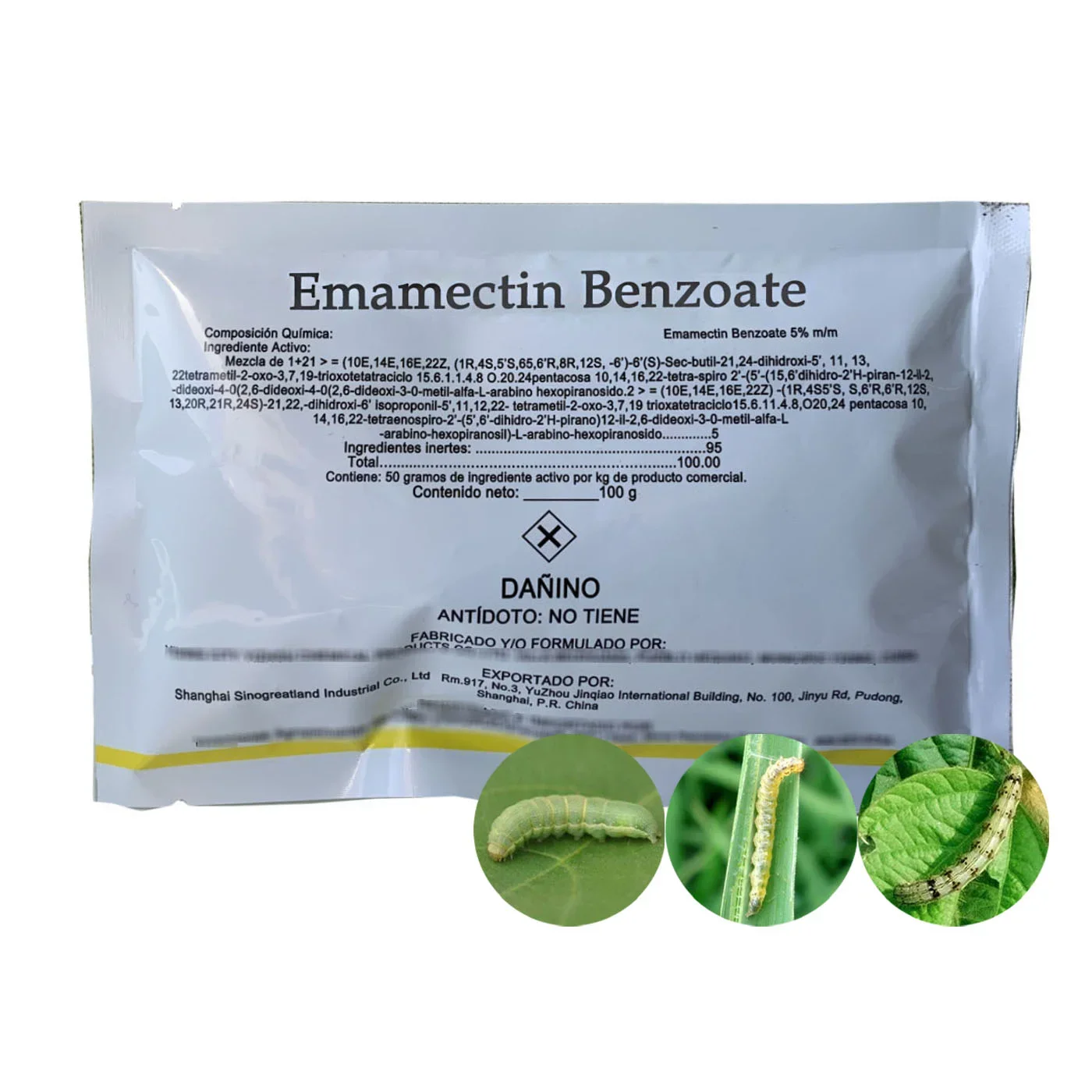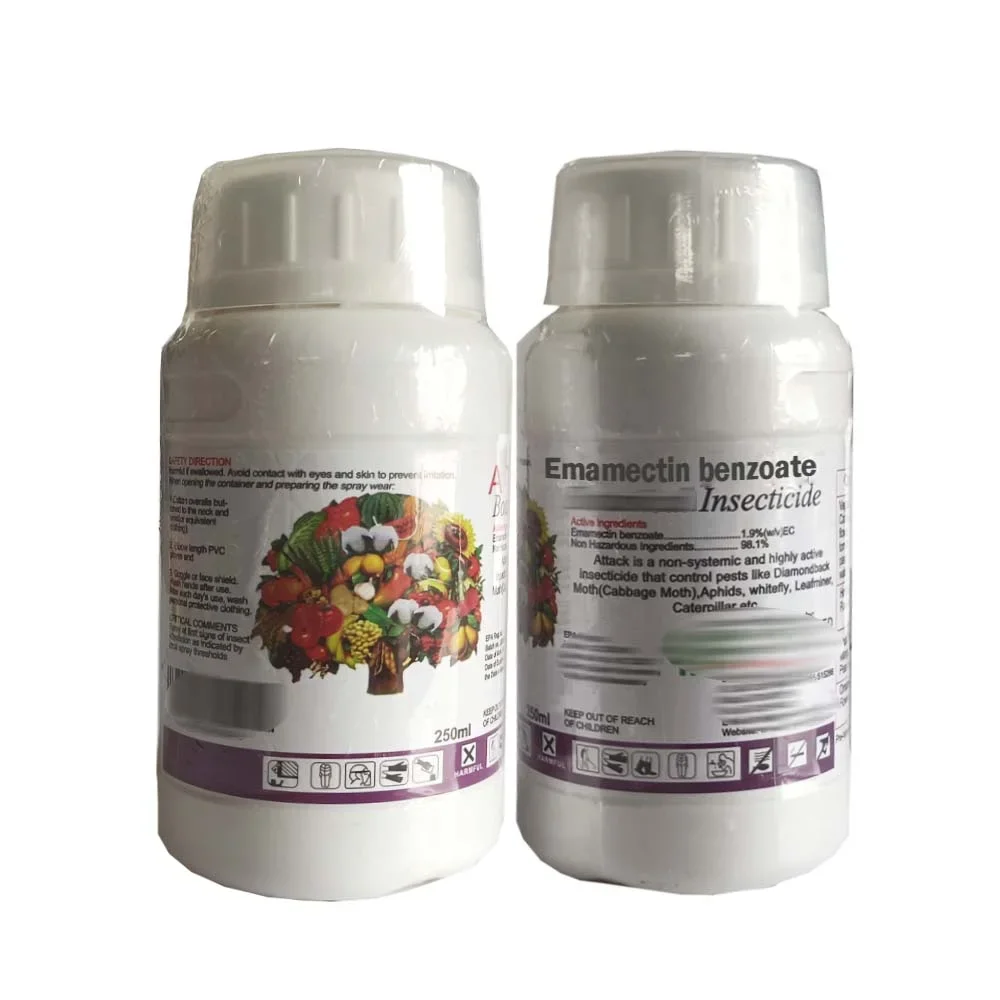In the world of agriculture, the control of pests and insects is a constant challenge faced by farmers. These pests can cause significant damage to crops, leading to reduced yields and financial losses. To combat this problem, farmers often turn to insecticides, which are chemicals specifically designed to control and eliminate pests. One such insecticide is emamectin benzoate. In this blog post, we will explore how emamectin benzoate works to control pests, its mode of action, and its effectiveness in protecting crops.
1.Understanding Emamectin Benzoate
Emamectin benzoate is a selective insecticide derived from the avermectin family of compounds. It is primarily used to control a wide range of pests, including caterpillars, leaf miners, and other chewing insects that infest crops. The active ingredient in emamectin benzoate affects the nervous system of the target pests, leading to paralysis and ultimately their death. This insecticide has gained popularity due to its effectiveness, low toxicity to mammals, and minimal impact on beneficial insects.

2.Mode of Action
Emamectin benzoate exerts its control over pests through its unique mode of action. Once applied to the target crop, it is absorbed by the leaves and translocated throughout the plant. When a pest feeds on the treated plant, it ingests the emamectin benzoate. The active ingredient then binds to specific receptors in the pest's nervous system, disrupting the normal transmission of nerve impulses.
This disruption leads to paralysis in the pest, as it becomes unable to coordinate its movements and feed. Eventually, the pest dies due to starvation or vulnerability to other environmental factors. The mode of action of emamectin benzoate ensures that it specifically targets pests, minimizing harm to non-target organisms and ecosystems.
3.Target Pests
Emamectin benzoate is highly effective against a variety of pests, making it a valuable tool for farmers. Some of the common pests controlled by this insecticide include:
a. Lepidopterous Pests: Emamectin benzoate is particularly effective against caterpillars and other chewing insects from the Lepidoptera order. It targets pests such as diamondback moths, loopers, armyworms, and tobacco budworms, which are notorious for causing extensive damage to crops like vegetables, fruits, and tobacco.
b. Leaf Miners: Leaf miners are another group of pests that can wreak havoc on crops by tunneling through leaves and impairing their photosynthetic capacity. Emamectin benzoate has been shown to effectively control leaf miners, protecting the foliage and preventing further damage to the plants.
c. Fruit Borers: Fruit borers, including pests like codling moths and oriental fruit moths, can cause significant losses in fruit crops. Emamectin benzoate has demonstrated excellent control of these pests, leading to healthier and more marketable fruits.

4.Application and Residue Management
Emamectin benzoate can be applied to crops using various methods, including foliar sprays and soil applications. The precise application method depends on the specific crop, target pest, and local regulations. It is important for farmers to follow the recommended dosage and application guidelines provided by the manufacturer to ensure effective control and minimize the risk of resistance development.
Residue management is also crucial when using emamectin benzoate. Farmers must adhere to pre-harvest intervals (PHI) to ensure that the insecticide residues on the crops are within acceptable limits. This ensures consumer safety and compliance with regulatory standards.
5.Benefits and Considerations
Emamectin benzoate offers several benefits to farmers in their pest management strategies:
a. Effective Pest Control: Emamectin benzoate is highly effective against a wide range of pests, providing reliable control and reducing crop damage.
b. Selective Action: Unlike broad-spectrum insecticides, emamectin benzoate has a selective mode of action, targeting pests while minimizing harm to beneficial insects and non-target organisms.
c. Low Toxicity: Emamectin benzoate has low toxicity to mammals, making it a safer choice for farmers, workers, and consumers.
d. Resistance Management: When used judiciously and as part of an integrated pest management approach, emamectin benzoate can help manage resistance development in pests.
However, there are some considerations to keep in mind when using emamectin benzoate:
a. Environmental Impact: While emamectin benzoate is less harmful to the environment compared to some other insecticides, it is still important to use it responsibly to minimize any potential negative effects on non-target organisms and ecosystems.
b. Resistance Risk: Continuous and excessive use of emamectin benzoate can lead to the development of resistance in target pests. To mitigate this risk, it is crucial to rotate insecticides with different modes of action and implement integrated pest management strategies.

Conclusion
Emamectin benzoate is a valuable insecticide in the agricultural industry, providing effective control of pests that can cause significant damage to crops. Its selective mode of action, low toxicity, and ability to target a wide range of pests make it a preferred choice for farmers. By understanding how emamectin benzoate works and applying it responsibly, farmers can protect their crops and optimize yields while minimizing the impact on the environment.
Exploring The Efficacy of Fludioxonil As A Seed Treatment to Prevent Disease

